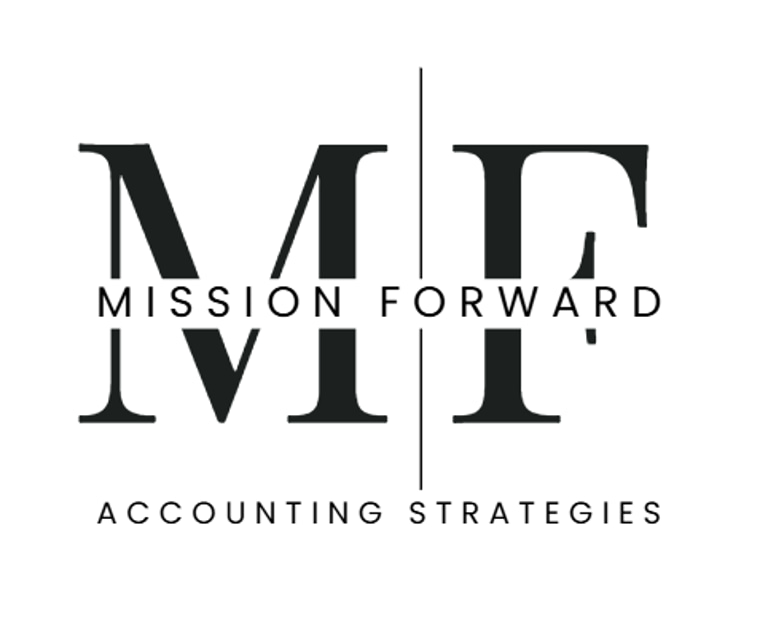ON MISSION TO HELP CHRISTIAN CHURCHES AND MINISTRIES STRENGTHEN THEIR STEWARDSHIP
The Importance of Storytelling in Financials
Numbers Are the Data. Stories Create the Meaning
Joseph Siacunco
9/24/20253 min read


The Importance of Storytelling in Financials
Numbers matter. They are the language of accountability, transparency, and stewardship. They reveal the financial health of an organization, help leaders make informed decisions, and demonstrate to donors and stakeholders that resources are being managed with integrity.
But numbers alone rarely inspire. A spreadsheet may capture attention for a moment, but without context, it’s easy for people’s eyes to glaze over. The reality is that most people don’t connect emotionally with raw data. What they connect with are stories.
This is why storytelling is so essential in financial reporting. Numbers tell us what happened; stories explain why it matters.
Numbers Are the Data. Stories Create the Meaning.
Consider this: a report may say the organization spent $25,000 on benevolence last year. That number is accurate, but it’s also sterile. For most readers, it ends there.
Now add the story: “Those funds kept 42 families in their homes during a season of crisis. Rent was paid, groceries were delivered, and children went to bed knowing their family was safe.”
Suddenly, the number takes on weight and life. The number shows stewardship; the story shows impact. The combination of the two allows people not only to understand but to feel the significance of the financial report.
Why Storytelling Matters in Financials
1. Connection to Mission
Every organization exists for a purpose beyond simply managing money. Financial reports should point back to that purpose. By tying expenses and revenue directly to outcomes, you reinforce the mission at every step. When a board member or donor sees that their investment in “staff salaries” actually means “mentors who walked alongside 85 teens,” the mission shines through the numbers.
2. Clarity and Transparency
Raw financials can overwhelm people with too much detail. Storytelling helps filter and highlight what matters most. Instead of pages of line items, you can frame reports around themes: how funds fed the hungry, equipped leaders, expanded outreach, or strengthened the community. The numbers are still accurate, but the narrative guides the reader to see what’s most important.
3. Inspiration and Trust
Trust is built not just through accuracy but through transparency and connection. Numbers can reassure people that finances are handled well. But when those numbers are paired with stories of lives changed, trust deepens into inspiration. Donors are more willing to give, board members are more willing to approve bold steps, and staff members feel greater ownership of the mission.
4. Action and Engagement
Data may lead to analysis, but stories move people to action. A report showing a budget shortfall can feel discouraging. But a story explaining that the shortfall means “50 more families are still waiting for help” inspires urgency and generosity. By weaving stories into reports, you frame financial realities in a way that calls people to engage, not disengage.
Practical Ways to Bring Storytelling Into Financials
Pair every major line item with a ministry outcome.
Don’t just report “$12,000 in youth ministry expenses.” Say: “$12,000 sent 150 teens to camp, where 20 made faith commitments and 50 began mentoring relationships.”Use visuals to connect numbers with impact.
Charts and infographics make data memorable, but when paired with quotes or photos of lives changed, they become even more powerful.Invite voices from the field.
Include a short testimony from a beneficiary, volunteer, or staff member. Hearing how funds directly impacted their life creates authenticity that no number alone can capture.Frame reports around vision and outcomes.
Instead of presenting finances under the standard categories of “income and expenses,” reframe them under themes like “equipping leaders,” “meeting needs,” and “spreading hope.”Highlight both victories and challenges with honesty.
Not every number will be positive, and that’s okay. Use storytelling to explain the “why” behind shortfalls or changes. Transparency builds credibility, and stories help people understand the bigger picture.
The Bigger Picture: Stewardship as Storytelling
Ultimately, financial storytelling isn’t about making numbers look better than they are. It’s about honoring the truth behind the numbers. Every dollar represents a sacrifice by someone who believed in the mission. Every expenditure represents an opportunity to serve others.
When organizations present only raw data, they risk reducing finances to a cold exercise in bookkeeping. But when they combine data with narrative, they elevate financials into something more — a testimony of impact, a witness to faithfulness, and an invitation to partnership.
Numbers are the data. Stories are the understanding. Together, they inspire confidence, build trust, and move the mission forward.
Joseph@missionforwardaccounting.org
+1 (925) 818-6525
© 2025. All rights reserved.
Mission Forward Accounting Strategies, LLC
Wesley Chapel, FL
